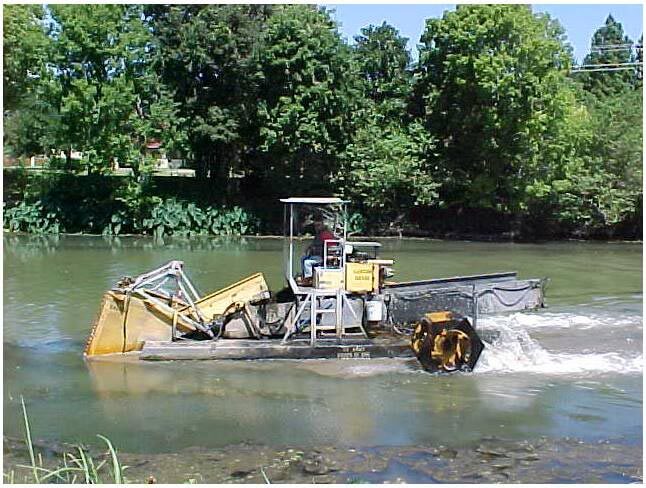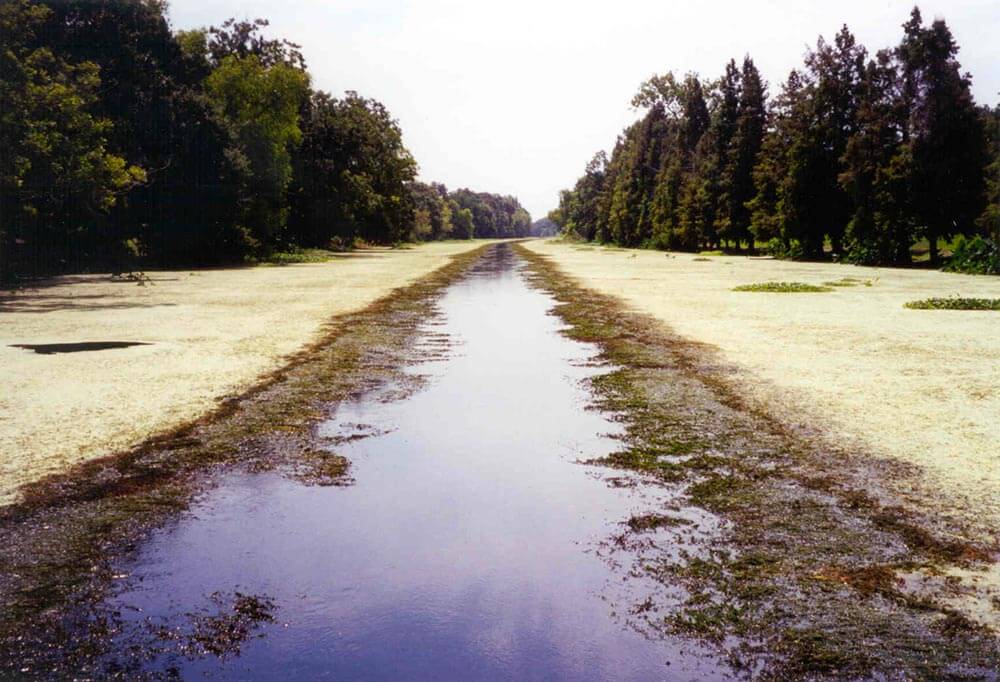Invasive Species Threaten Our Ecology
By competing with native species for resources such as food, water, or habitat, invasives often cause declines in the health or population numbers of native species. This can lead to a loss of species diversity.
Invasives disrupt delicate food webs. They degrade habitat quality. Often the habitat disturbance they create can even pave the way for additional invasive species to move in. As the functions and values of our natural systems are impacted, we begin to lose out on the ecosystem services that would otherwise be provided. For example, many invasive species cause declines in fisheries habitat quality. This inevitably leads to declines in the actual fishery.
Invasive species threaten our economy. Many invasives are pests of agriculturally important plants or animals. Some impact commercial and industrial operations. Red imported fire ants are a bane of cattle farmers, tawny crazy ants cause damage to electrical systems by nesting in the boxes, and Formosan termites literally eat your house. A study several years ago by Cornell University estimated the amount spent on invasive species detection, control, and management in the US. The annual price tag: over $120 Billion!
Invasive species threaten human health, either by posing a direct threat, or by carrying or transmitting pathogens to humans. The invasive apple snail can carry a parasite known as rat lungworm, which can infect humans. The invasive Asian tiger mosquito is a vector for yellow fever, dengue, and Chikungunya, and is capable of hosting the Zika virus. Invasive species are not limited to just plants and animals. Fungi, bacteria, viruses, and other microbes can all become introduced pests.
Invasive species threaten our culture. The native plants and animals surrounding human populations are the backdrop for our way of life. They are the food we eat, the raw materials we use, the icons we honor. Our native environment provides our sense of place. Our unique and diverse collective culture in south Louisiana is gravely threatened by invasive species. What happens to our sense of place when the cypress forests turn to Chinese tallow? As surely as we must protect these irreplaceable places from land loss and sea level rise, we must also protect them from the scourge of biological invasion.
 Under certain conditions, hydrilla can grow so thick on Bayou Lafourche that it requires a hydrilla harvester, a sort of lawn mower for aquatic weeds.
Under certain conditions, hydrilla can grow so thick on Bayou Lafourche that it requires a hydrilla harvester, a sort of lawn mower for aquatic weeds. Operating the harvester is very expensive, but the alternative is a bayou with devastated fisheries, access, and aesthetics.
Operating the harvester is very expensive, but the alternative is a bayou with devastated fisheries, access, and aesthetics.

